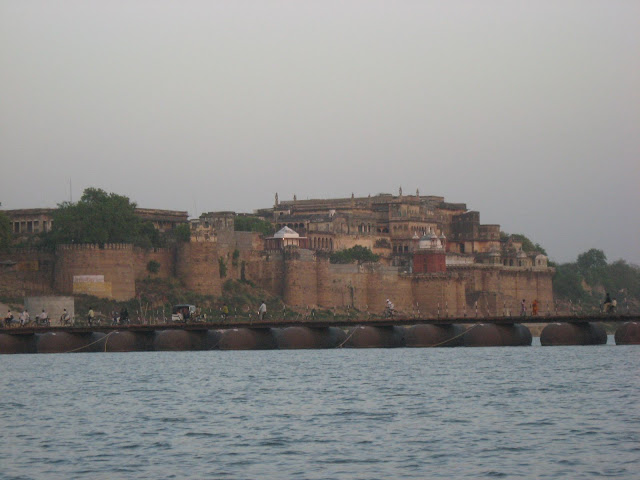The year was 1290 . A crowd had gathered around a clearing, where broken down pillars marked the presence of an ancient temple, now long gone. A young boy, just 14 years old, leaned against one of those pillars, deep in thought. Then, he began speaking, and the crowd fell silent, listening to his every word. He spoke without any notes, translating the Bhagavat Gita, from Sanskrit, which only the pundits knew, to the language everyone in the village knew and spoke – a variety of Prakrit which developed into the Marathi language. Even as he spoke, one of the men in the audience realized how momentous this event was, and how important this composition would be. He began writing down the words the young boy spoke, and this composition was named by its author and composer, the Bhavartha Deepika – the enlightening meaning (of the Bhagavat Gita). Now, the ancient, holy text, was no longer restricted to the pundits, but accessible to all, understood easily by them, composed as it was, in their...
Kashi might be the abode of the gods, but it also been ruled by various kings, who left their imprint on the city. The Raja Ghat on the river, for example, was built by one of them, and history tells us that one of the kings actually jumped from one of its high turrets while trying to escape the British troops during the mutiny, and actually succeeded!
The last remnant memory of the kings of Benares is the Ramnagar Fort and Palace on the opposite banks of the Ganga, in a section of which the present scion of the royal family still resides. The palace is about 15Kms away by road, and an auto takes about half an hour to reach there. We however chose the longer, but more interesting and relaxing option- that of taking a row boat to the palace across the river. The journey took us a good one and a half hours, but the sheer bliss we experienced made every minute worth it!
| ||
| From kashi |
The last remnant memory of the kings of Benares is the Ramnagar Fort and Palace on the opposite banks of the Ganga, in a section of which the present scion of the royal family still resides. The palace is about 15Kms away by road, and an auto takes about half an hour to reach there. We however chose the longer, but more interesting and relaxing option- that of taking a row boat to the palace across the river. The journey took us a good one and a half hours, but the sheer bliss we experienced made every minute worth it!
The palace has now been converted into a museum, which closes around 4:30PM. If you want to have a leisurely stroll among the various antiquities displayed, make sure you keep at least 2 hours for the palace alone. More......
| ||
| From kashi |


Comments
Post a Comment
Thanks so much for stopping by. Please leave a comment for me so that I will know you have been here....